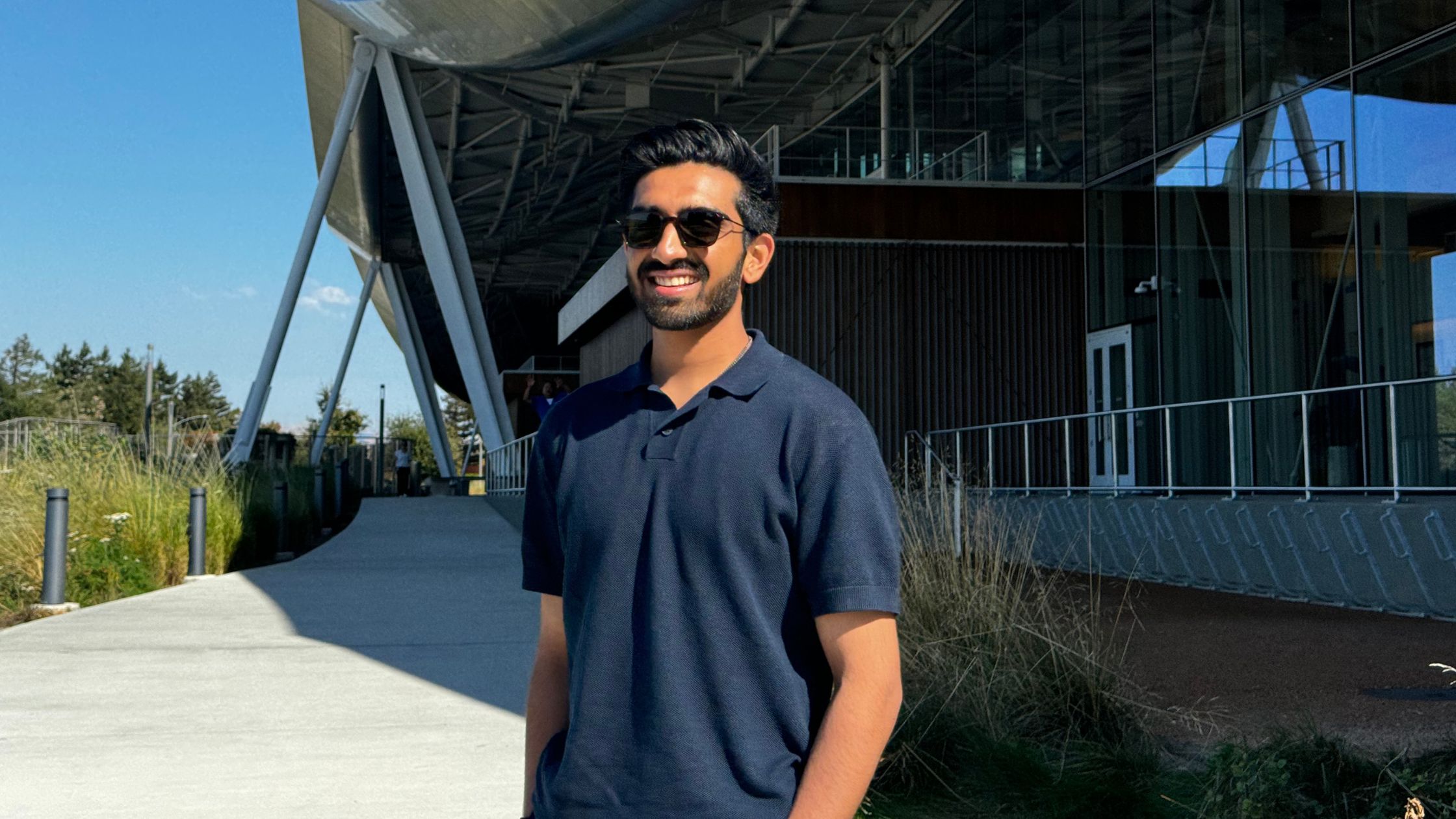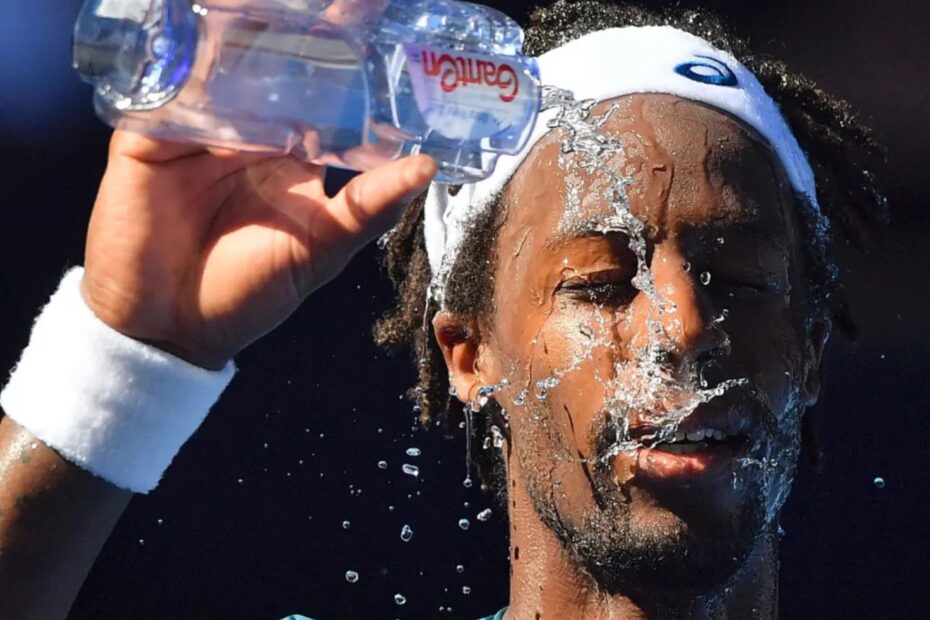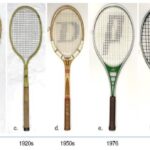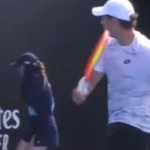Tennis is not just a test of skill but also endurance. The Australian Open, played in Melbourne’s summer heat, often pushes players to their limits. Temperatures frequently soar past 40°C, making it crucial to prioritize player safety. Robust heat policies, like the Australian Open Heat Stress Scale (HSS), are in place to protect athletes during these extreme conditions.
This year, Melbourne’s weather has shown its unpredictable nature. From scorching heat to thunderstorms, the tournament has seen it all. But how does the heat policy work, and how does it compare to other Grand Slam events?
The Australian Open Heat Stress Scale (HSS)
The Australian Open introduced the Heat Stress Scale (HSS) in 2019. This followed detailed research on the effects of extreme heat on players. The scale monitors four main factors:
- Radiant heat: The sun’s intensity.
- Air temperature: Measured in the shade.
- Relative humidity: Influencing how the body cools through sweat.
- Wind speed: Affecting cooling efficiency.
When the scale hits 5, matches are immediately suspended. This approach ensures player safety without unnecessarily halting play.

Elina Svitolina cools off on Rod Laver Arena
Measures to Protect Players
The tournament also has rules for heat stress before reaching the highest level of the HSS.
- At HSS level 4, players are given extra breaks:
- Women and juniors get a 10-minute break after the second set.
- Men in five-set matches receive a break after the third set.
- Wheelchair players are allowed a 15-minute break.
If the HSS reaches level 5, the referee can pause all outdoor matches. Players also benefit from air-conditioned arenas with retractable roofs, such as Rod Laver Arena, Margaret Court Arena, and John Cain Arena.
Why Is Melbourne’s Weather So Unpredictable?
Melbourne is famous for its extreme and sudden weather changes. During the day, temperatures can spike to 40°C but drop to the teens by night. Thunderstorms are also common. These changes happen because of the city’s location, where hot desert air and cold ocean air meet.
Meteorologist Simon King explains that wind direction plays a significant role. Northerly winds bring hot air from the desert, while southerly winds carry cooler air from the ocean. These contrasting air masses often result in strong storms with hail and gusty winds.
How Other Grand Slams Handle Extreme Heat
While the Australian Open’s HSS is one of the most advanced systems, other Grand Slam tournaments also have measures to address extreme heat:
- Wimbledon: Uses the “wet bulb global temperature” system, which measures heat stress by factoring in temperature, humidity, wind, and solar radiation. When this metric exceeds 30.1°C, players can request a 10-minute break during matches.
- US Open: Allows breaks between sets three and four for men, and between sets two and three for women and juniors. Additionally, its main courts, such as Arthur Ashe Stadium, have retractable roofs that can be partially closed during extreme conditions.
- French Open: Introduced a retractable roof over the Philippe Chatrier court in 2020, ensuring that key matches can continue during intense weather. However, it lacks detailed heat policies comparable to the Australian Open.
These policies reflect the unique climates and playing conditions at each venue, showing how tennis evolves to address environmental challenges.
Memorable Moments in Extreme Heat
Tennis history is full of iconic matches played under grueling conditions. Gaël Monfils once described playing in extreme heat as “dying on court.” Daniil Medvedev, known for his stamina, referred to the conditions as “brutal.” Such statements highlight the physical and mental resilience required to compete at the highest level during extreme weather.
One unforgettable example occurred at the 2014 Australian Open. Players competed in over 40°C heat for three days straight, with some requiring medical attention. Matches like these emphasize why tournaments must prioritize player health.
Preparing for Extreme Heat: Player Strategies
To cope with intense heat, players and their teams have developed specific strategies. These include:
- Hydration: Staying hydrated is crucial to prevent cramps and heatstroke. Many players consume electrolyte drinks during matches.
- Cooling Accessories: Ice packs, cold towels, and even portable cooling fans are common sights on court.
- Mental Preparation: Extreme heat adds stress, making mental focus just as important as physical readiness. Players practice mindfulness techniques to stay calm under pressure.
These methods, combined with tournament regulations, ensure that athletes can compete at their best, even in challenging conditions.






